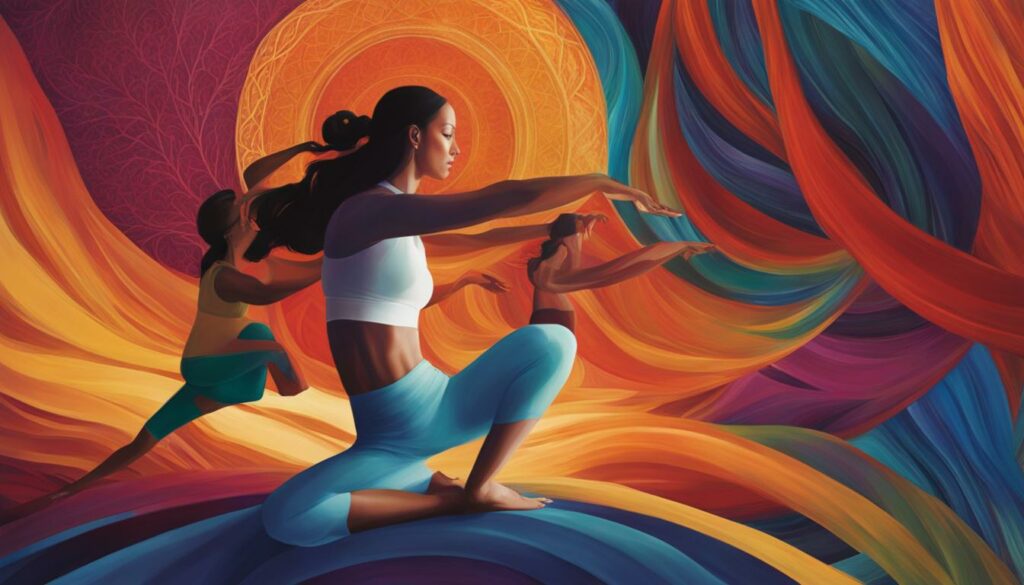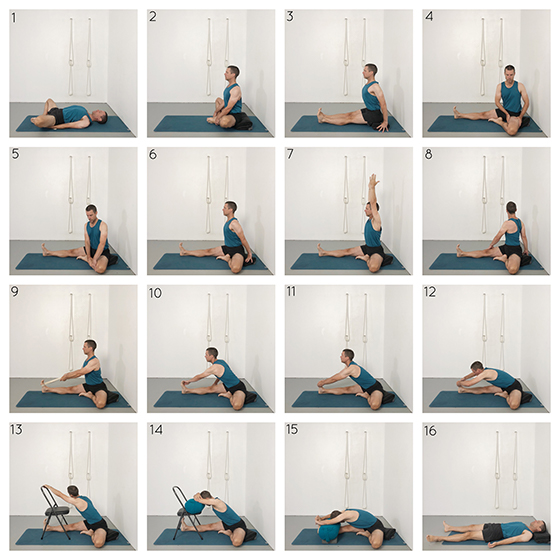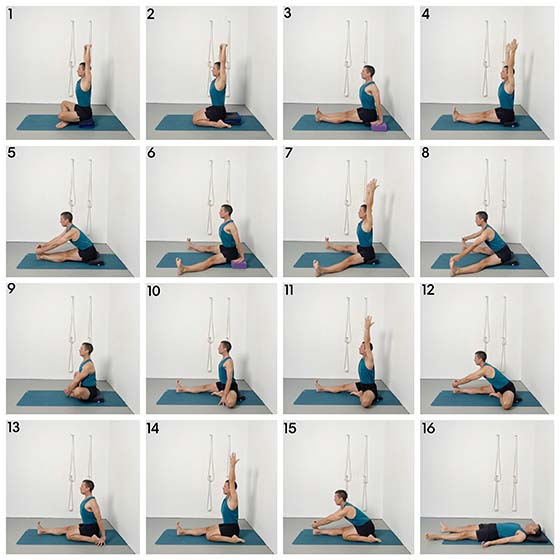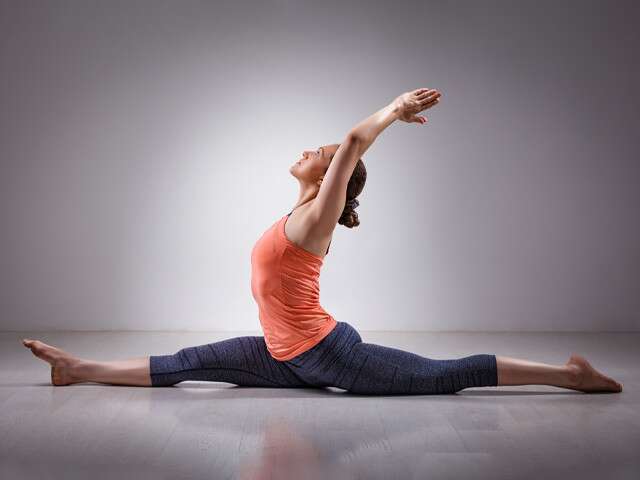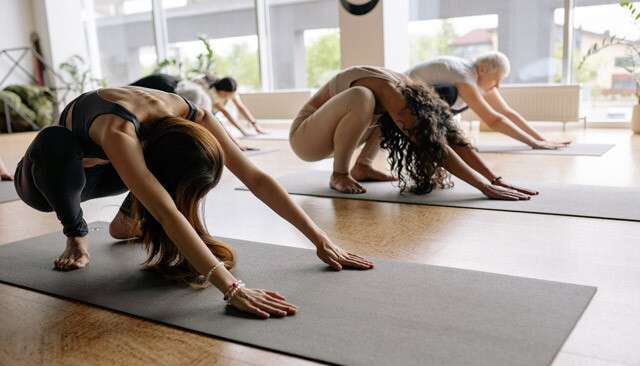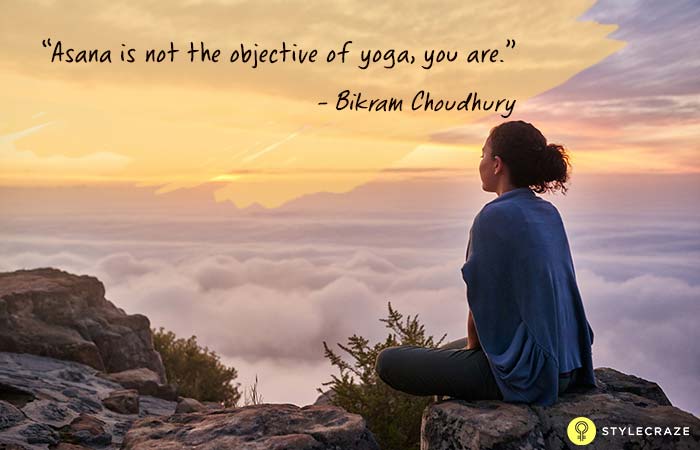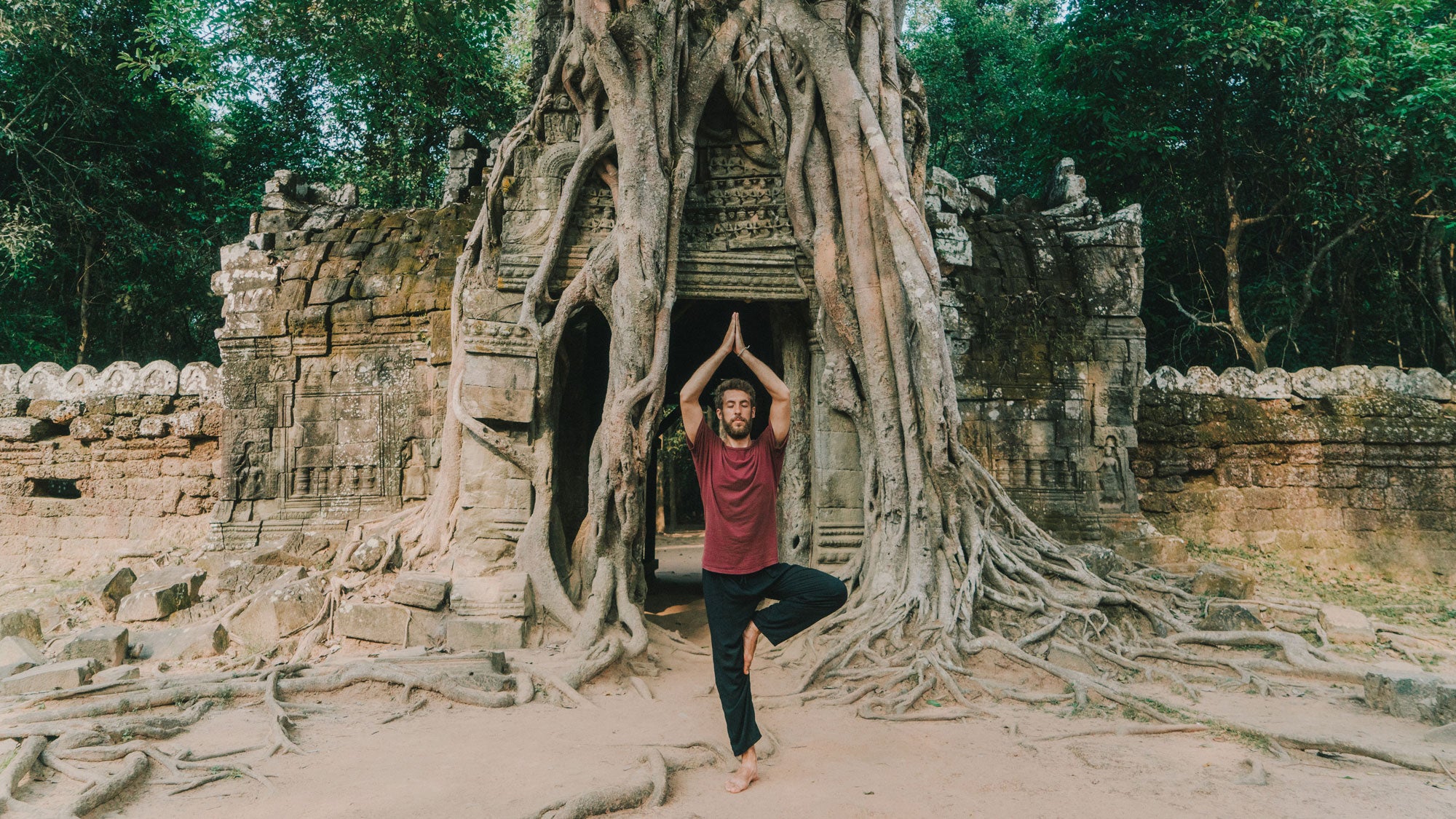Jnana Yoga: The Path to Spiritual Wisdom
Yoga started as a way to help the mind feel better and find happiness. Over time, it changed and grew, offering different ways to practice. These include Karma Yoga, which focuses on helping others, Bhakti Yoga, centered on devotion, Raja Yoga, emphasizing meditation, and Jnana Yoga, which is about understanding oneself. Jnana Yoga is seen as the toughest, needing strong determination and intelligence.
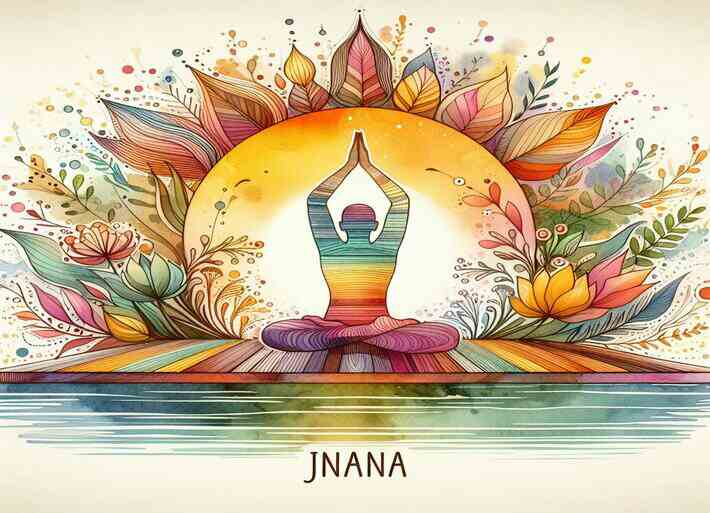
Understanding Jnana Yoga
Jnana, a term from Sanskrit, means “knowledge or wisdom.” Jnana Yoga, then, is a path toward understanding the true nature of reality through practices like meditation, self-inquiry, and contemplation. Essentially, it’s about becoming aware of the absolute consciousness.
In this practice, the mind is used to explore its own nature and rise above its identification with thoughts and ego. The main aim is to break free from the illusionary world of maya, which consists of self-limiting thoughts and perceptions, and merge the inner Self (Atman) with the universal consciousness (Brahman). This is done through consistent practice of mental techniques such as self-questioning, reflection, and conscious illumination.
Jnana Yoga relies on focused meditation on a single inquiry to peel away the layers of illusion created by our concepts, worldviews, and perceptions. This helps in realizing the temporary and illusory nature of maya and recognizing the interconnectedness of all things.
As Swami Sivananda put it, Jnana Yoga isn’t something you can grasp simply thr[……]

